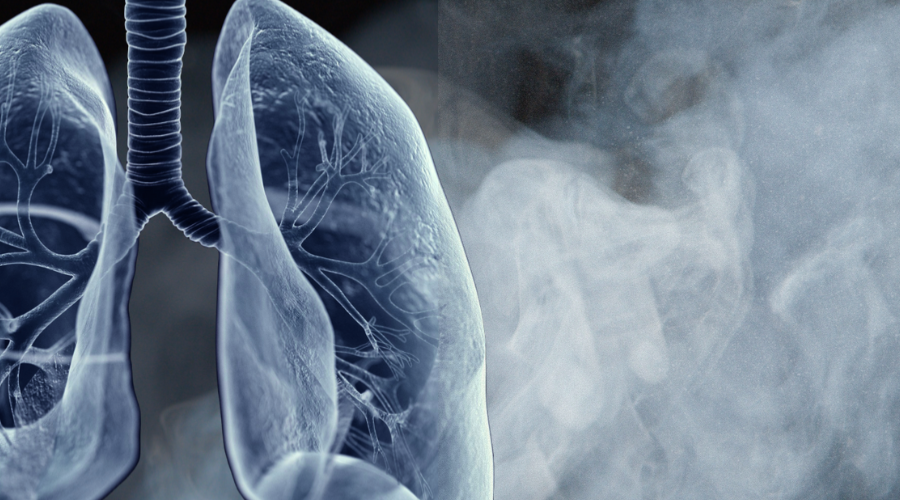The devastating Grenfell Tower fire in 2017 continues to have far-reaching consequences, not only for the victims and their families but also for the brave firefighters who risked their lives to save others.
Long term effects of Grenfell on the firefighters
A recent study has uncovered troubling findings about the long-term health effects experienced by a significant portion of the firefighters who responded to the fire. With over a quarter of those exposed to toxic smoke reporting life-changing health conditions, the findings raise important questions about the health and safety standards in high-risk occupations. In this article, we delve into the study’s findings and explore the key takeaway lessons for health and safety professionals.

The Study: Health impact on Grenfell firefighters
A new study published in the Journal of Occupational and Environmental Medicine reveals that over 26% of the firefighters who responded to the Grenfell Tower fire have reported serious health issues. This includes cases of digestive diseases, respiratory problems, neurological disorders, and cancers. The study, led by the University of Lancashire, analysed data from 524 of the 628 firefighters involved in the disaster.
Key findings of the study include:
- Toxic smoke exposure: Many firefighters were exposed to extreme levels of toxic smoke, and in some cases, were unable to use respiratory protection due to the intensity of the fire.
- Long-term health issues: In the years following the fire, those exposed to toxic smoke had significantly higher rates of digestive and respiratory diseases compared to those who were not exposed.
- Comparison to 9/11 responders: The study drew parallels between the health effects seen in Grenfell responders and those who assisted at the World Trade Center after 9/11, highlighting the importance of long-term health monitoring and early disease diagnosis.
The Importance of regular health monitoring and protective equipment – PPE
The study highlights a crucial lesson for health and safety professionals, the importance of regular health monitoring for workers exposed to hazardous environments. The firefighters’ health conditions were largely preventable with appropriate safeguards in place, such as:
- Enhanced respiratory protection: Firefighters should be equipped with proper respiratory protection at all times, especially in environments where toxic smoke and contaminants are prevalent.
- Post-incident health surveillance: Establishing long-term health surveillance programs for first responders and other high-risk workers is essential to monitor and address any emerging health conditions.
- Occupational health programs: Firefighting is classified as a carcinogenic occupation by the World Health Organization, which means health monitoring and early detection programs should be mandatory for all firefighters.
Learning from History: A Call for Action
The health challenges faced by Grenfell firefighters are not unique; similar issues were reported by those who responded to the 9/11 attacks. In New York, responders benefited from a life-long health monitoring program, which helped in early detection and treatment of diseases caused by exposure to toxic dust and smoke. Unfortunately, such a program has not been implemented for the Grenfell responders, which may have contributed to the long-term health issues observed.
Matt Wrack, General Secretary of the Fire Brigades Union, has called for the introduction of enhanced health testing and regular health checks for UK firefighters. As health and safety professionals, we can take inspiration from this call and advocate for better protective measures and health surveillance in our industries.
What Can Businesses Learn from This Tragedy?
The lessons from Grenfell go beyond firefighting. Any industry where workers are exposed to hazardous conditions—whether in construction, manufacturing, or other high-risk sectors—should consider implementing:
- Comprehensive risk assessments to identify hazards and appropriate protective measures.
- Clear protocols for the use of personal protective equipment (PPE), ensuring that workers are always equipped with the necessary gear.
- Long-term health monitoring programs to track the well-being of employees exposed to harmful substances over time.
The health and safety of workers, particularly those in high-risk jobs like firefighting, must remain a top priority. The study on Grenfell firefighters serves as a stark reminder of the long-term consequences that can arise from exposure to toxic substances. By learning from this tragedy and taking proactive steps, we can help prevent similar outcomes for workers in other high-risk occupations.






